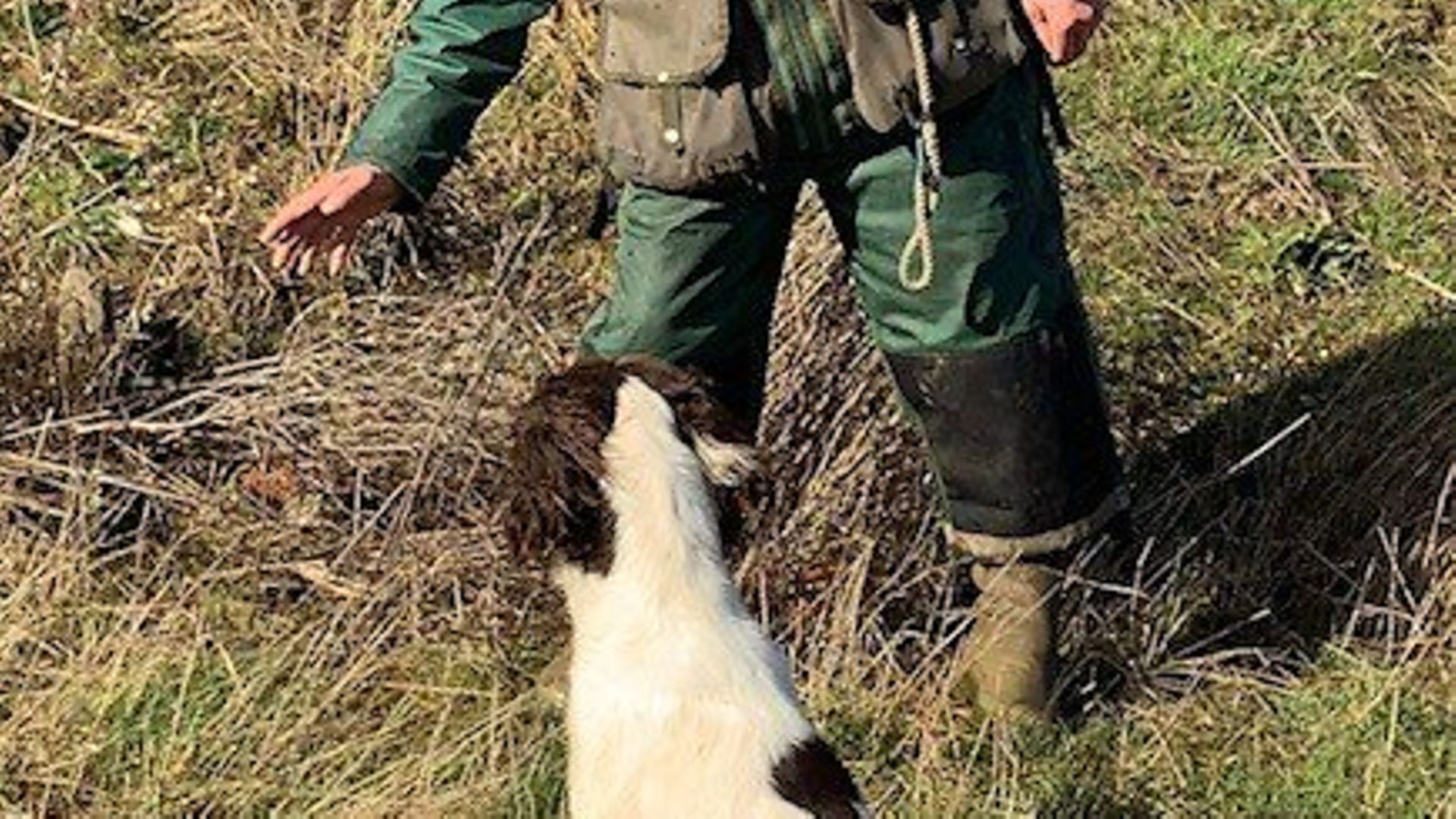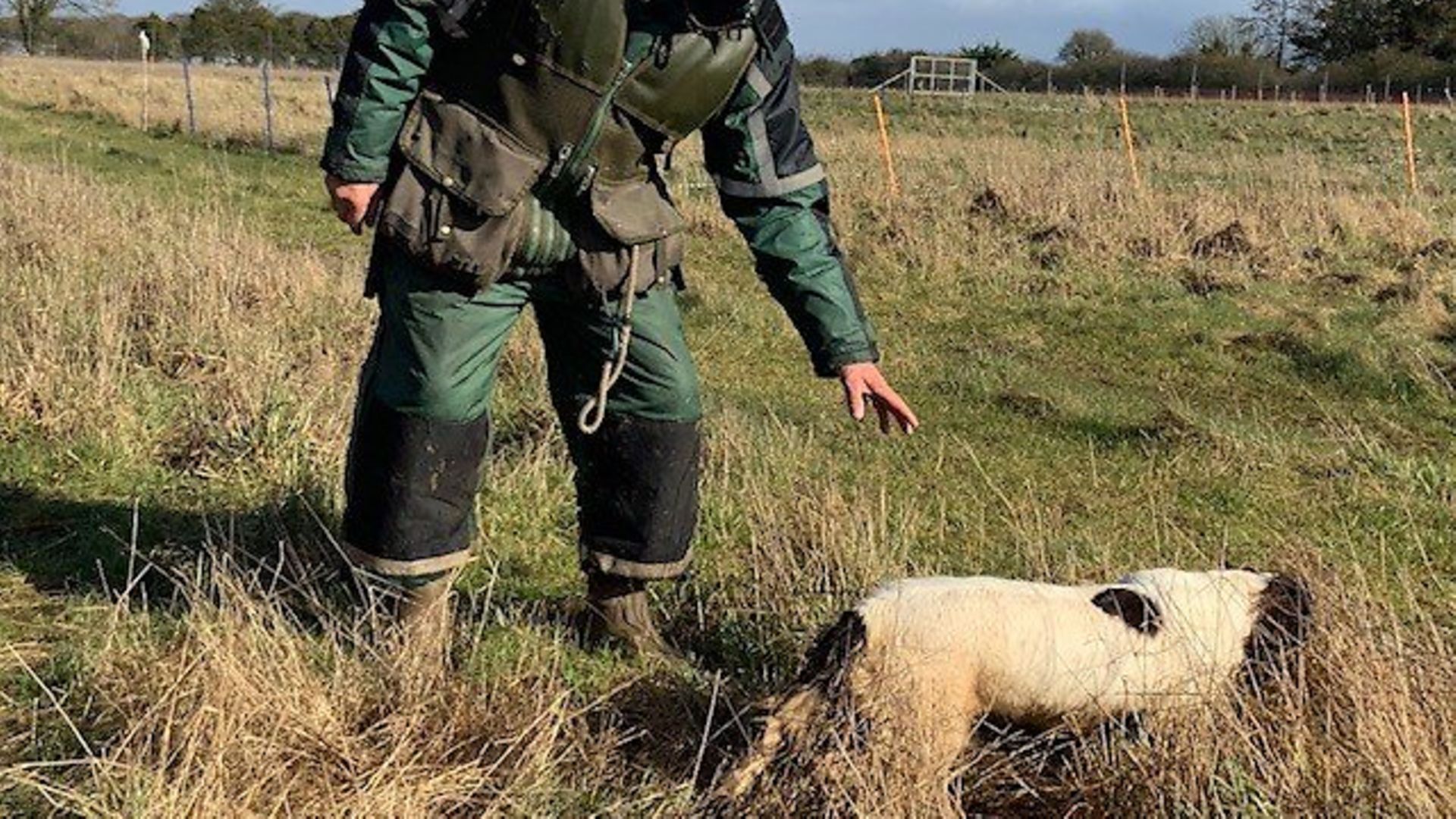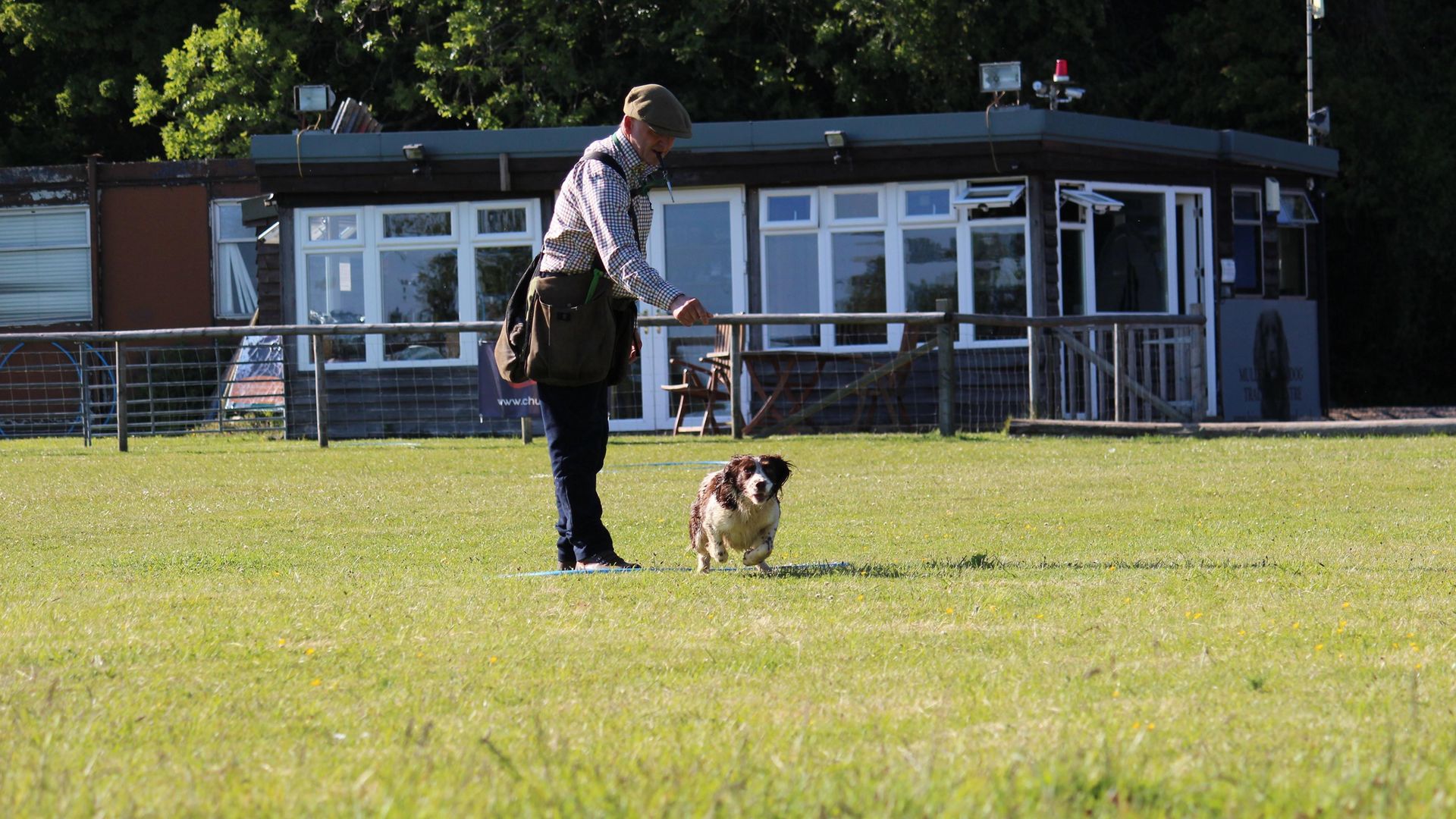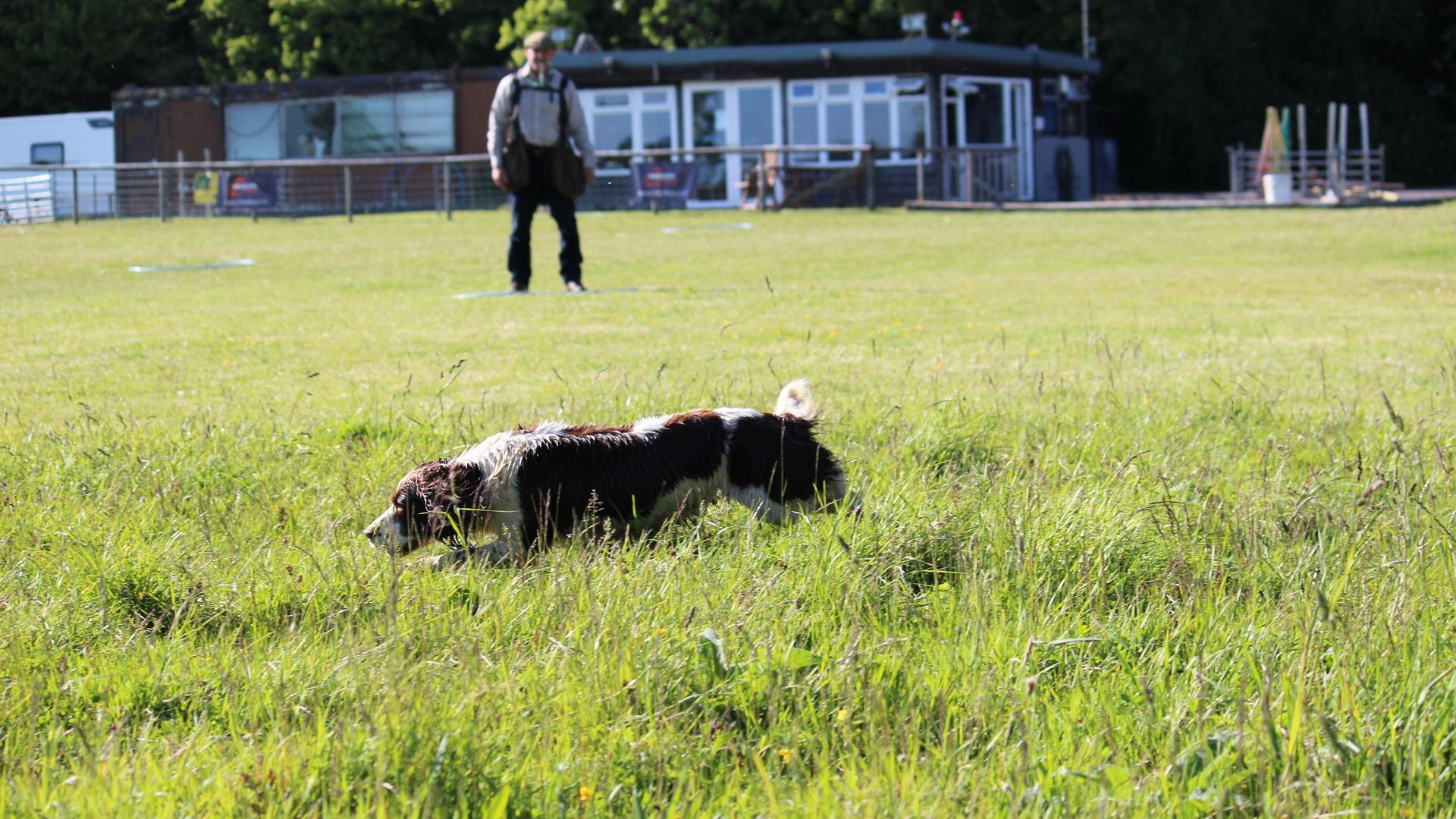How to: train your gundog to hunt on command
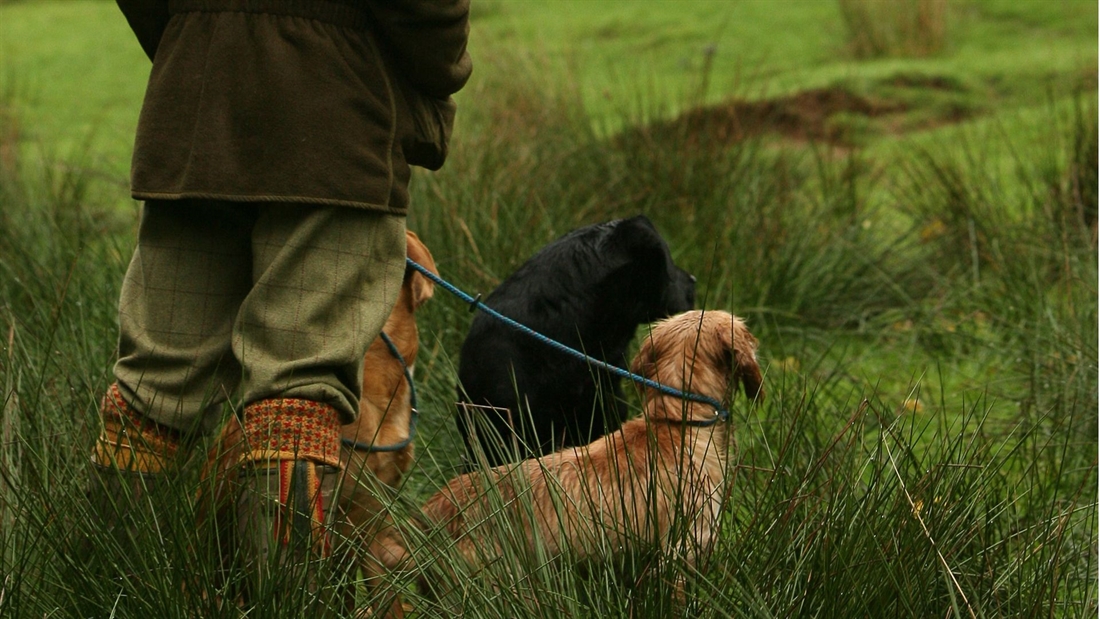
Hunting comes instinctively to gundogs, which is why owners rarely engage in any ‘formal’ training, but teaching our dogs to hunt on command is a useful skill to have in the field
For most gundog owners, teaching their dogs to hunt is a natural process. It just kind of happens, develops, evolves. In this training article, I thought it would be nice to take a more in-depth look at teaching our dogs to hunt and, particularly, at how we can teach them to hunt on command.
A lot of what I intend to discuss with you will be directly linked to stopping and holding an area when sent out on a retrieve – but the training techniques and subsequent commands could also be applied when putting a dog into cover when working around your feet.
There are a few different methods that you can use, but I’m going to use this article to focus on the technique we use most. It goes without saying, but it happens to be my favourite.
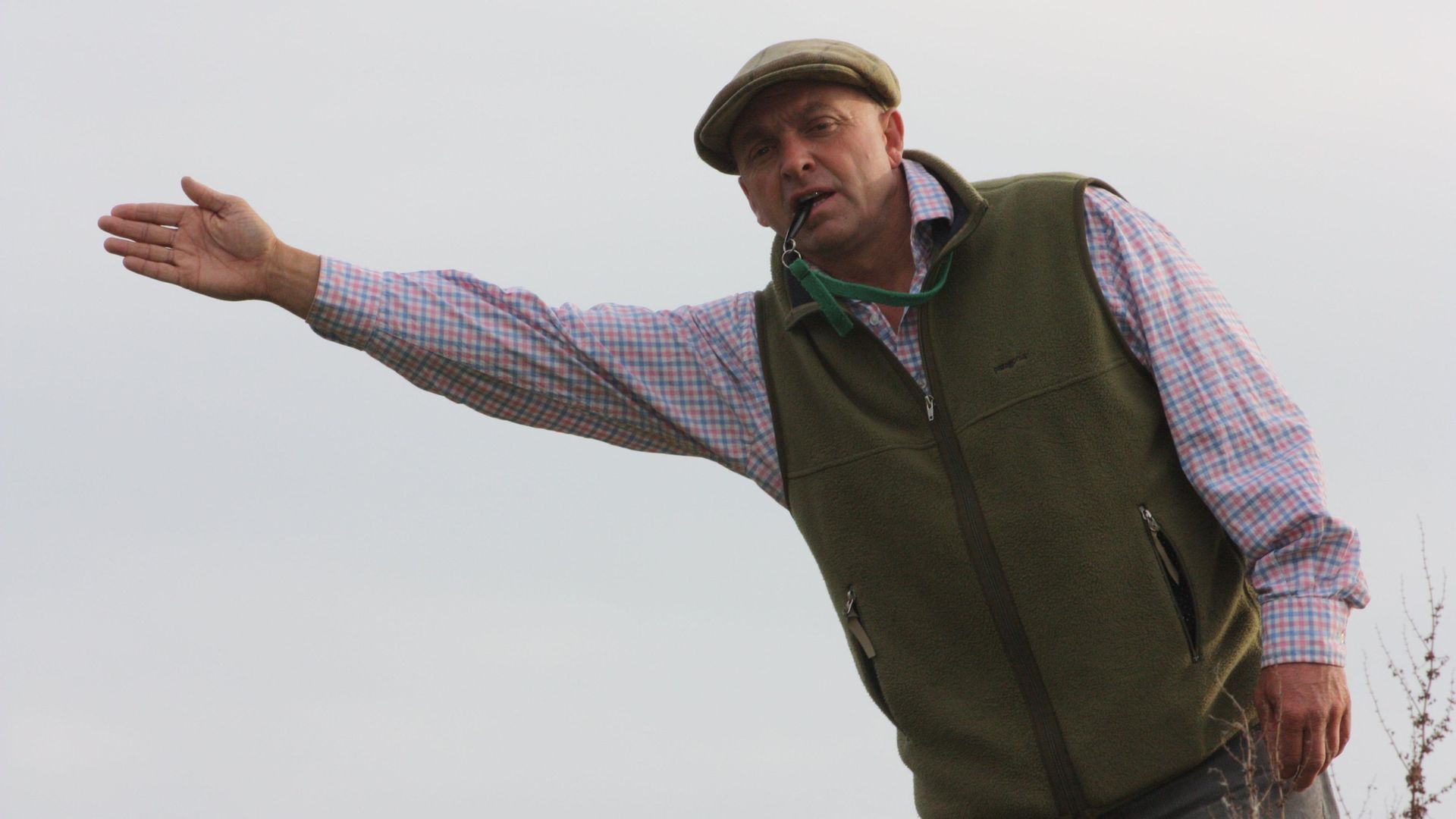
Using the Hunt whistle
Over the last 10 years or so, we have moved from using a vocal command to hunt (“hi-lost”) to delivering the instruction via a whistle. This makes sense as the whistle is generally more effective in reaching a dog, and serves to assist with quieter handling. The sound made through the whistle is, of course, up to you and will depend on how you deliver your other whistle commands. The most frequently used command is made up of a two-part sound: ‘pip-peeeeep’.
Take the dog to an area that is suitable, ideally a patch of white grass that is free of any nasties, such as thistles, nettles or brambles. Sit the dog up and let it see you throw a dummy into the grass – keep the dummy close, though, just a couple of metres away. We want the dog to use its nose so ensure the dummy drops out of immediate sight. Encourage the dog to make the retrieve. Initiate this by dropping your hand down to about four or eight o’clock. Think of this as a directional command. As the dog starts to hunt, overlay its action with the Hunt whistle, remembering to keep the sound down – your dog has really acute hearing and is only a few metres away from you.
The enthusiasm and pace that the dog uses to find the dummy will be slightly dependent on breed type and the dog’s training up to this point. The objective is to build the dog’s enthusiasm and its drive to hunt for the dummy – so ensure that this game is fun for the dog!
Use your knowledge of your dog to tailor how hard and how long the dog has to work in order to be able to find the prize. If the exercise is too hard, the dog will fail and lose motivation. Gradually build up the degree of difficulty and the duration of time the dog spends hunting to gain a win.
When you begin this exercise, give every visual and audio cue you can to assist the dog in its understanding of what it’s being asked to do. As you progress, however, your objective should be to reach a point where the dog will launch into action with nothing more than a single Hunt whistle command.
It’s important to ensure that you are thorough in your assessment of the dog’s understanding of the exercise before reducing these aids. Although this command will often be linked to the directional arm gesture, you should gradually reduce the amount of visual guidance: this period of training is all about generating the hunting action from the whistle command alone.
(As an aside, if you carefully study handlers that have been asked to give whistle-only commands, you will see they find it really difficult to avoid any other cues. Give it a go – you’ll find it’s great fun, and very challenging!)
Advanced training
When the dog is ready, build variations into your training, such as different types of cover, the distance you are from the dog and scenting conditions. This will give the dog more experience – it is easy to think your dog has learned an exercise only to find out that he is unsure what to do when faced with a scenario or condition he has not experienced.
Taking the Hunt command to the field
Our early training has been very much about starting the training exercise with the dog sat in front of us. Assuming all has gone well, we can now make a move towards using the command while the dog is out on a retrieve.
Imagine this scenario: you are positioned on the edge of a large field of root crops and you are standing with a Gun or judge. They have given you an accurate line on a bird that has been down for five minutes. The bird is in an area that is easily defined by a tall yellow flower, meaning you know exactly where the bird is. Your job is to put the bird in the bag. Scenting conditions are considered to be good, and it’s a flat, calm day.
How are you going to do it?
Method 1
Align your dog, then cast on a line towards the yellow flower, and as the dog arrives at the area, stop the dog using the Stop whistle. Apply the Hunt whistle and leave the dog to do its work.
Method 2
Walk your dog out to the area, apply the Hunt whistle and leave the dog to do its work.
If well executed, both methods are very effective. Method 1 will require that you have a few more tools in the toolbox. I’d like to draw your attention to the Stop whistle element of method 1. It’s generally recognised that before giving a gundog a directional command, we bring it to a halt, primarily to get the dog to focus on us; it also serves to give the handler a few seconds of thinking time. Interestingly, shepherds often give commands to their dogs while on the move. There is a gentleman on my radar that is very successfully training a young HPR using commands that would normally be given to sheepdogs. I’m really looking forward to seeing and studying the outcome.
Anyway, back to the Stop whistle. Once the Hunt command is established, we will need to link it to the Stop whistle. Practise sending your dog out to a familiar hunting area. As he arrives, stop him and either issue the Hunt whistle only, or the Hunt whistle with a low left or right directional command. Initially, do this from only 10 metres out, then progressively build up the distance.
As with all training, it’s essential that we engineer that whenever the dog is asked to hunt on command, he is successful as a direct result of the assistance you offer him. Dogs will choose to look to handlers that help them get prey in their mouths.
Enjoy your dogs and the time you spend with them. Keeeeep Training!




